Home>Technology>Home Entertainment Systems>3D Hologram Projector: How It Works


Home Entertainment Systems
3D Hologram Projector: How It Works
Modified: January 4, 2024
Discover the magic of 3D hologram projectors and learn how they work to enhance your home entertainment system. Explore the latest technology and create stunning visual experiences. Unlock the potential of home entertainment systems with 3D hologram projectors.
(Many of the links in this article redirect to a specific reviewed product. Your purchase of these products through affiliate links helps to generate commission for Storables.com, at no extra cost. Learn more)
Introduction
Welcome to the fascinating world of 3D hologram projectors, where science fiction meets reality. Imagine being able to view lifelike three-dimensional images floating in mid-air, seemingly defying the constraints of traditional screens and displays. The concept of holograms has captured the imagination of people for decades, and with recent technological advancements, 3D hologram projectors have transitioned from the realm of fantasy into the realm of practical application.
In this article, we will delve into the intricacies of 3D hologram projectors, exploring their inner workings, applications, and the impact they have on various industries. Whether you’re a technology enthusiast, a business owner seeking innovative marketing solutions, or simply curious about the latest advancements in visual display technology, this comprehensive guide will provide valuable insights into the mesmerizing world of 3D hologram projectors.
Key Takeaways:
- 3D hologram projectors create lifelike, immersive visual experiences that captivate audiences and offer innovative solutions for advertising, entertainment, and education. They bring storytelling and learning to life in a whole new dimension.
- While 3D hologram projectors offer captivating experiences, they also come with limitations such as viewing angle restrictions and complexity of content creation. Understanding these factors is crucial for leveraging their potential in diverse settings.
Read more: What Is A 3D Projector
What is a 3D Hologram Projector?
A 3D hologram projector is a cutting-edge device that utilizes advanced technology to create three-dimensional holographic images visible to the naked eye. Unlike traditional displays that rely on flat screens, 3D hologram projectors generate images that appear to exist in physical space, providing a captivating visual experience. These holographic projections can range from static objects to dynamic, interactive presentations, revolutionizing the way visual content is perceived and consumed.
One of the key distinguishing features of 3D hologram projectors is their ability to produce images with depth and dimensionality, allowing viewers to perceive the virtual objects as if they were tangible entities. This immersive quality sets holographic displays apart from conventional two-dimensional screens, offering a more engaging and realistic viewing experience.
3D hologram projectors come in various forms, ranging from small, portable devices suitable for personal use to large-scale installations designed for commercial and public display purposes. Their versatility enables them to be employed in diverse settings, including retail environments, entertainment venues, educational institutions, and corporate presentations.
These innovative devices have garnered significant attention for their potential to transform visual communication and storytelling, opening up new avenues for creative expression and interactive content delivery. As the technology continues to evolve, 3D hologram projectors are poised to redefine the way we perceive and interact with visual information, ushering in a new era of immersive display capabilities.
How Does a 3D Hologram Projector Work?
At the core of a 3D hologram projector’s functionality lies the principle of creating optical illusions that mimic the behavior of light in a manner that simulates three-dimensional objects. While the intricacies of the technology can be complex, the fundamental concept revolves around projecting light in a manner that tricks the human eye into perceiving depth and spatial relationships within the projected images.
One of the common methods employed in 3D hologram projectors is the use of a transparent screen or pyramid-shaped structure onto which images are projected from specific angles. These projections create the illusion of depth and form, resulting in a holographic display visible to viewers positioned around the projector. By carefully coordinating the projection angles and optimizing the visual content, the device can produce lifelike holographic images that appear to exist in physical space.
Another approach involves the use of volumetric displays, which utilize techniques such as laser-based projection, optical manipulation, or the modulation of light to create three-dimensional visual representations. These displays generate images within a defined volume of space, enabling viewers to observe the holographic content from multiple perspectives, enhancing the immersive nature of the experience.
Furthermore, advancements in augmented reality (AR) and virtual reality (VR) technologies have contributed to the development of 3D hologram projectors that integrate interactive elements and spatial tracking, allowing for dynamic and responsive holographic presentations. By incorporating sensors and motion tracking systems, these projectors can adapt the displayed content based on the viewer’s movements and interactions, enhancing the sense of realism and engagement.
It’s important to note that the effectiveness of a 3D hologram projector is influenced by factors such as ambient lighting, viewing angles, and the quality of the visual content being projected. Sophisticated image processing algorithms and specialized optics play a crucial role in optimizing the holographic display, ensuring that the projected images maintain their three-dimensional illusion and visual fidelity.
As the field of holographic display technology continues to advance, researchers and innovators are exploring new techniques and materials to further enhance the capabilities of 3D hologram projectors, pushing the boundaries of immersive visual experiences and paving the way for innovative applications across various industries.
Types of 3D Hologram Projectors
3D hologram projectors encompass a diverse range of technologies and form factors, each tailored to specific applications and user requirements. Understanding the various types of 3D hologram projectors can provide valuable insights into their capabilities and the scenarios in which they excel.
1. Pyramid Hologram Projectors:
Pyramid hologram projectors, also known as hologram fans, employ a pyramid-shaped structure with a flat surface on top onto which holographic images are projected. The images are carefully aligned to create the illusion of three-dimensional objects when viewed from different angles. These compact and portable devices are commonly used for product displays, advertising, and visual merchandising.
Read more: How To Watch 3D Movies On Projector
2. Pepper’s Ghost Hologram Projectors:
Pepper’s Ghost hologram projectors utilize a reflective surface or glass panel to create holographic illusions by reflecting images from concealed displays or projectors. This technique is often employed in stage performances, museums, and themed attractions to produce ghostly apparitions and lifelike visual effects.
3. Volumetric Hologram Projectors:
Volumetric hologram projectors generate three-dimensional images within a defined volume of space, allowing viewers to observe the holographic content from various angles. These advanced displays often utilize techniques such as laser projection, optical manipulation, or the modulation of light to create immersive visual experiences. Volumetric hologram projectors are utilized in research, medical imaging, interactive exhibits, and entertainment installations.
4. Head-Up Display (HUD) Hologram Projectors:
HUD hologram projectors integrate holographic elements into head-up displays, which overlay visual information onto the user’s field of view without obstructing their vision. These systems are employed in automotive applications, aviation, and augmented reality headsets, enhancing situational awareness and providing vital data in a non-intrusive manner.
5. Interactive Hologram Projectors:
Interactive hologram projectors incorporate touch-sensitive interfaces, motion tracking, or gesture recognition capabilities, enabling users to interact with holographic content in real time. These systems are utilized in educational settings, gaming, and immersive training simulations, offering dynamic and engaging experiences.
Each type of 3D hologram projector presents unique advantages and considerations, catering to diverse use cases and contributing to the evolution of holographic display technology.
Read more: 3D Television: How Does It Work?
Applications of 3D Hologram Projectors
The versatility and visual impact of 3D hologram projectors have led to their widespread adoption across various industries, offering innovative solutions for communication, entertainment, education, and beyond. The following are key applications that demonstrate the diverse utility of these cutting-edge display technologies:
1. Retail and Advertising:
3D hologram projectors are employed in retail environments to showcase products in a visually compelling manner, capturing the attention of customers and enhancing brand visibility. From interactive product presentations to captivating advertising displays, holographic projections create immersive experiences that drive engagement and influence purchasing decisions.
2. Entertainment and Events:
In the entertainment industry, 3D hologram projectors are utilized for live performances, concerts, and theatrical productions, enabling the creation of lifelike holographic performances by virtual artists or historical figures. These captivating visual spectacles add an element of awe and spectacle to events, captivating audiences with their immersive and dynamic presentations.
3. Education and Training:
Within educational settings, 3D hologram projectors facilitate interactive learning experiences, allowing students to explore complex concepts through visually engaging holographic demonstrations. Additionally, in training environments, holographic simulations provide realistic scenarios for hands-on learning in fields such as healthcare, engineering, and emergency response.
Read more: What Is The Best 3D Home Theater Projector
4. Medical Imaging and Visualization:
3D hologram projectors play a crucial role in medical imaging and visualization, enabling healthcare professionals to examine and present anatomical structures in three dimensions. From surgical planning to patient education, holographic displays enhance the understanding of complex medical information and contribute to more effective communication within the healthcare domain.
5. Architectural and Design Visualization:
Architects, designers, and urban planners utilize 3D hologram projectors to visualize architectural models, urban landscapes, and interior designs with enhanced depth and realism. These holographic representations facilitate collaborative design reviews, public presentations, and immersive walkthrough experiences, fostering a deeper understanding of spatial concepts and design proposals.
6. Museums and Exhibitions:
3D hologram projectors are integrated into museum exhibits and themed attractions to bring historical figures, artifacts, and immersive storytelling to life through holographic displays. By combining educational narratives with captivating visual elements, these installations engage visitors and create memorable experiences that transcend traditional static displays.
These diverse applications underscore the transformative potential of 3D hologram projectors, demonstrating their ability to redefine visual communication, storytelling, and experiential engagement across a spectrum of industries and disciplines.
Advantages and Limitations of 3D Hologram Projectors
3D hologram projectors offer a myriad of benefits, but they also come with certain limitations that warrant consideration. Understanding both their advantages and constraints is crucial for evaluating their suitability across various applications and environments.
Advantages:
- Immersive Visual Experiences: 3D hologram projectors create immersive and captivating visual experiences that capture the attention of viewers, making them ideal for advertising, entertainment, and educational presentations.
- Enhanced Engagement: The lifelike nature of holographic projections enhances audience engagement, driving interest and interaction in retail, events, and educational settings.
- Innovative Marketing Solutions: Holographic displays provide unique and attention-grabbing marketing opportunities, enabling brands to differentiate themselves and leave a lasting impression on consumers.
- Interactive Capabilities: Some 3D hologram projectors offer interactive features, allowing users to engage with and manipulate holographic content, fostering dynamic and participatory experiences.
- Visualization of Complex Data: In fields such as medicine, architecture, and design, holographic displays facilitate the visualization of intricate and spatially complex information, aiding comprehension and decision-making.
- Creative Storytelling: Holographic projections enable innovative storytelling techniques, bringing characters and narratives to life in a visually compelling and memorable manner.
Limitations:
- Viewing Angle Restrictions: Certain 3D hologram projectors have limited viewing angles, requiring careful positioning for optimal visual perception and engagement.
- Environmental Considerations: Ambient lighting and environmental conditions can impact the visibility and clarity of holographic projections, necessitating controlled display environments.
- Complexity of Content Creation: Developing high-quality holographic content may require specialized expertise and resources, posing challenges for content creators and businesses seeking to leverage the technology.
- Cost and Scalability: Advanced 3D hologram projectors can be costly, and scaling holographic installations for large audiences or expansive spaces may present logistical and economic constraints.
- Technological Maturity: While rapidly advancing, the technology behind 3D hologram projectors continues to evolve, with ongoing developments in display quality, interactivity, and compatibility with existing infrastructure.
By weighing these advantages and limitations, stakeholders can make informed decisions regarding the integration of 3D hologram projectors into their respective domains, leveraging the technology’s strengths while addressing its inherent constraints.
Conclusion
The evolution of 3D hologram projectors represents a significant leap forward in visual display technology, offering a compelling fusion of innovation, creativity, and immersive experiences. From captivating advertising displays to interactive educational tools and awe-inspiring entertainment spectacles, the applications of 3D hologram projectors span diverse industries and continue to redefine the boundaries of visual communication.
As these cutting-edge devices continue to advance, it is essential to recognize the transformative impact they have on storytelling, brand engagement, and the visualization of complex information. The ability of 3D hologram projectors to create lifelike, three-dimensional representations opens up new possibilities for interactive experiences, educational simulations, and dynamic content delivery.
While the technology presents distinct advantages in terms of audience engagement, creative expression, and innovative marketing, it also comes with considerations related to content creation, environmental factors, and technological maturity. Addressing these considerations is crucial for harnessing the full potential of 3D hologram projectors and ensuring their seamless integration into diverse settings.
Looking ahead, the ongoing refinement and expansion of 3D hologram projector capabilities hold promise for further enhancing their utility and accessibility. As the technology matures and becomes more prevalent, we can anticipate increasingly immersive and interactive holographic experiences that captivate and inspire audiences across the globe.
In essence, 3D hologram projectors represent a convergence of imagination and technological prowess, offering a glimpse into a future where visual displays transcend traditional boundaries, inviting us to explore, learn, and engage in ways previously unimaginable.
Embracing the potential of 3D hologram projectors invites us to reimagine the possibilities of visual storytelling, educational engagement, and experiential design, ushering in a new era of immersive communication and creative expression.
Frequently Asked Questions about 3D Hologram Projector: How It Works
Was this page helpful?
At Storables.com, we guarantee accurate and reliable information. Our content, validated by Expert Board Contributors, is crafted following stringent Editorial Policies. We're committed to providing you with well-researched, expert-backed insights for all your informational needs.

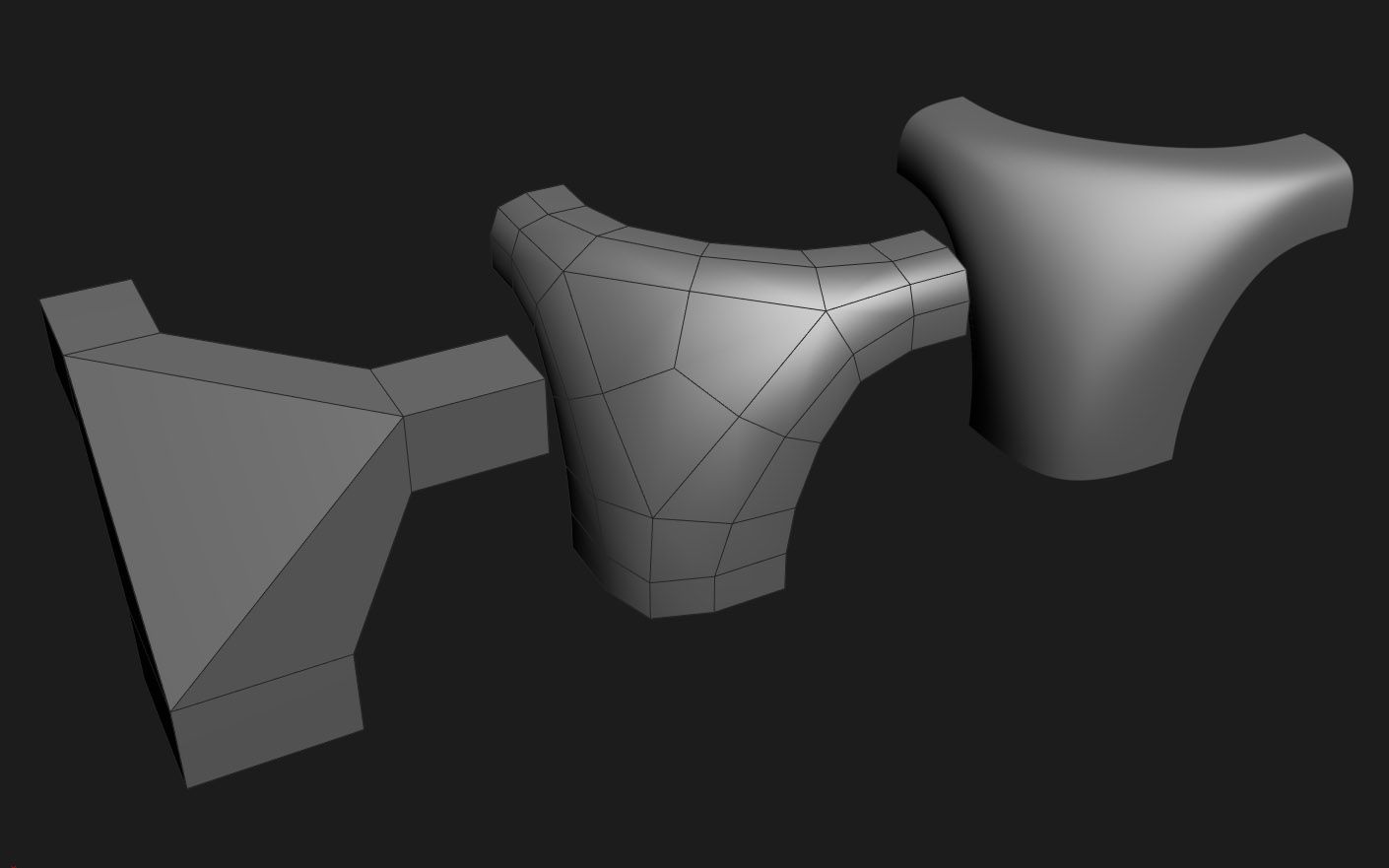

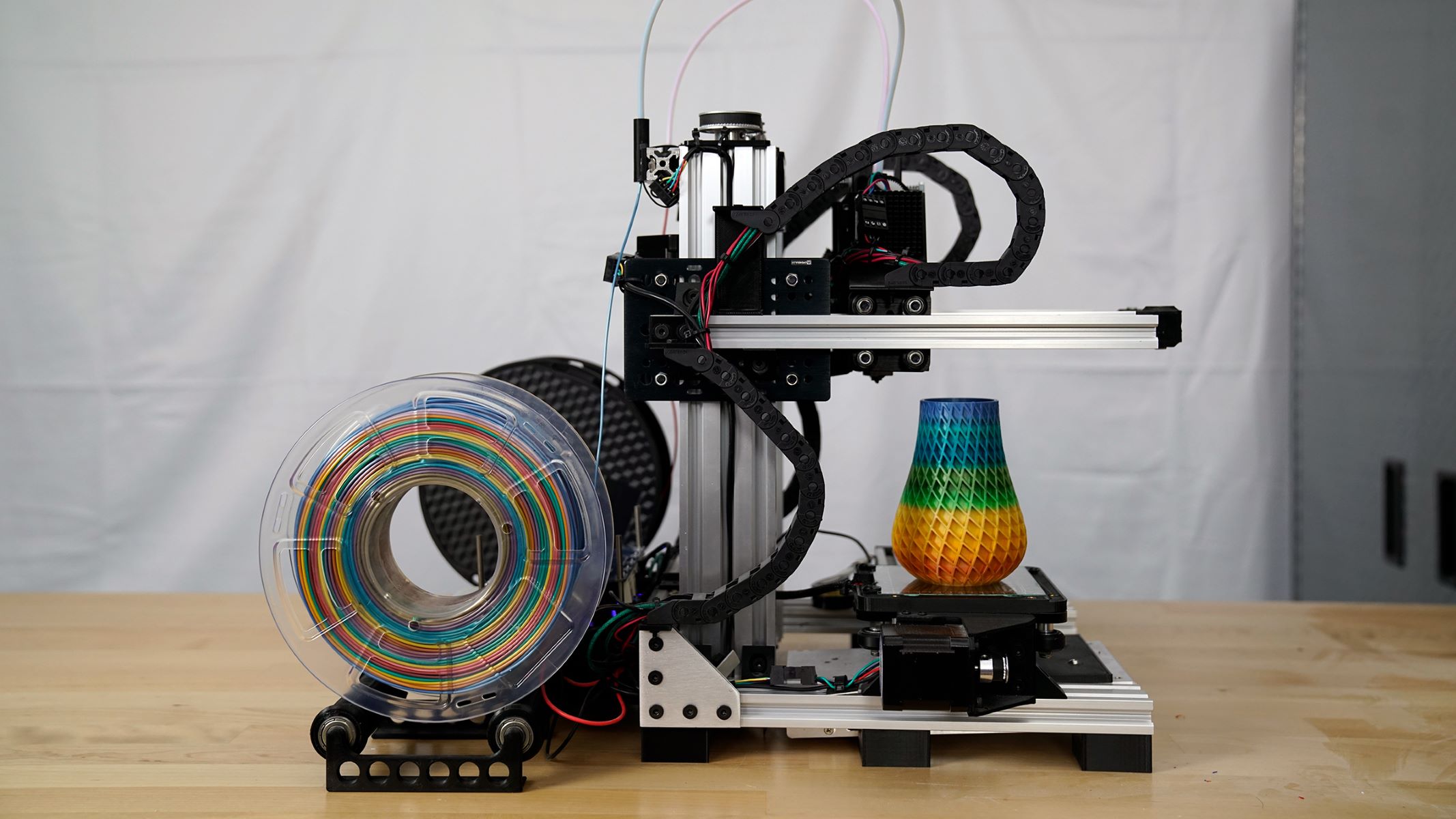
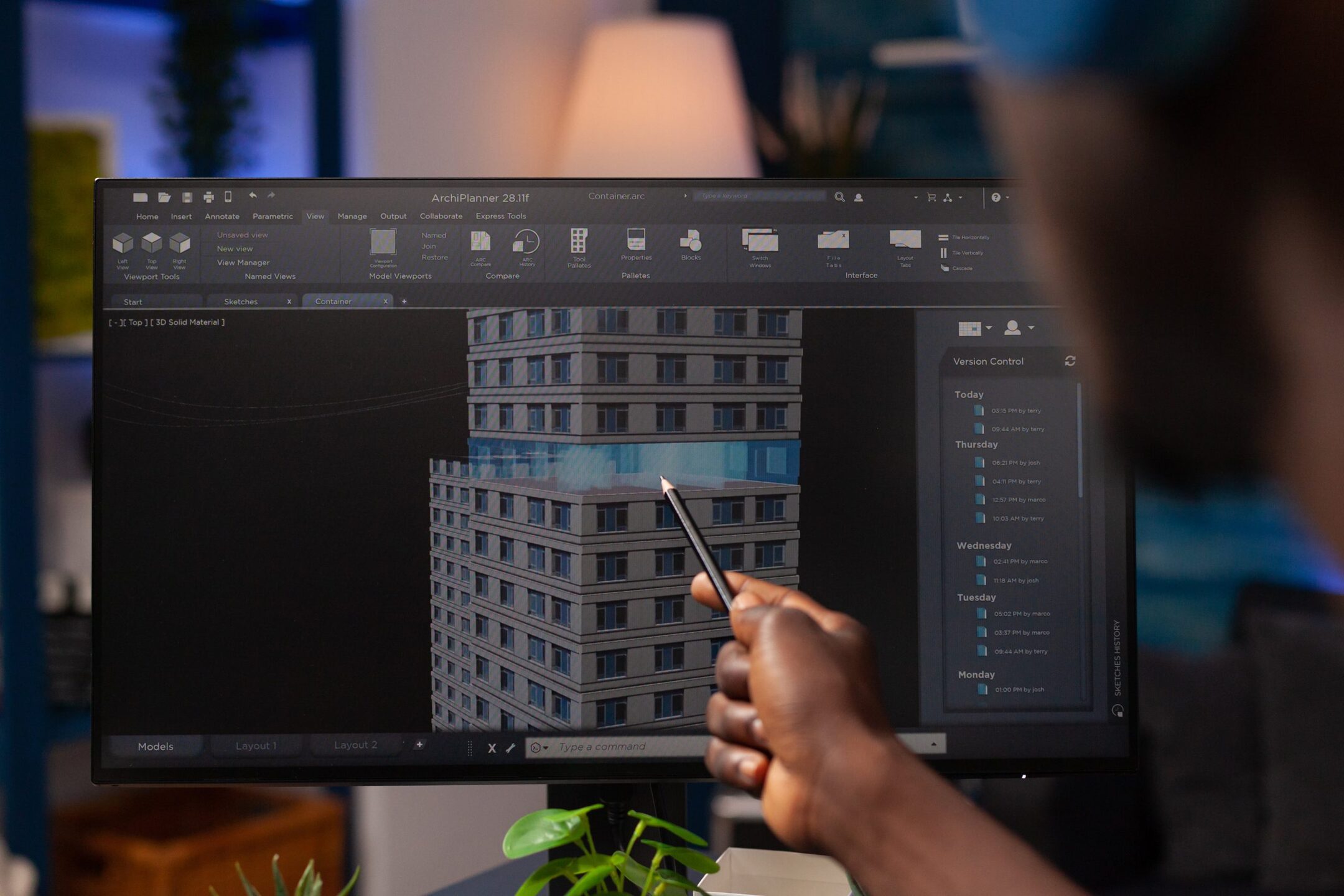
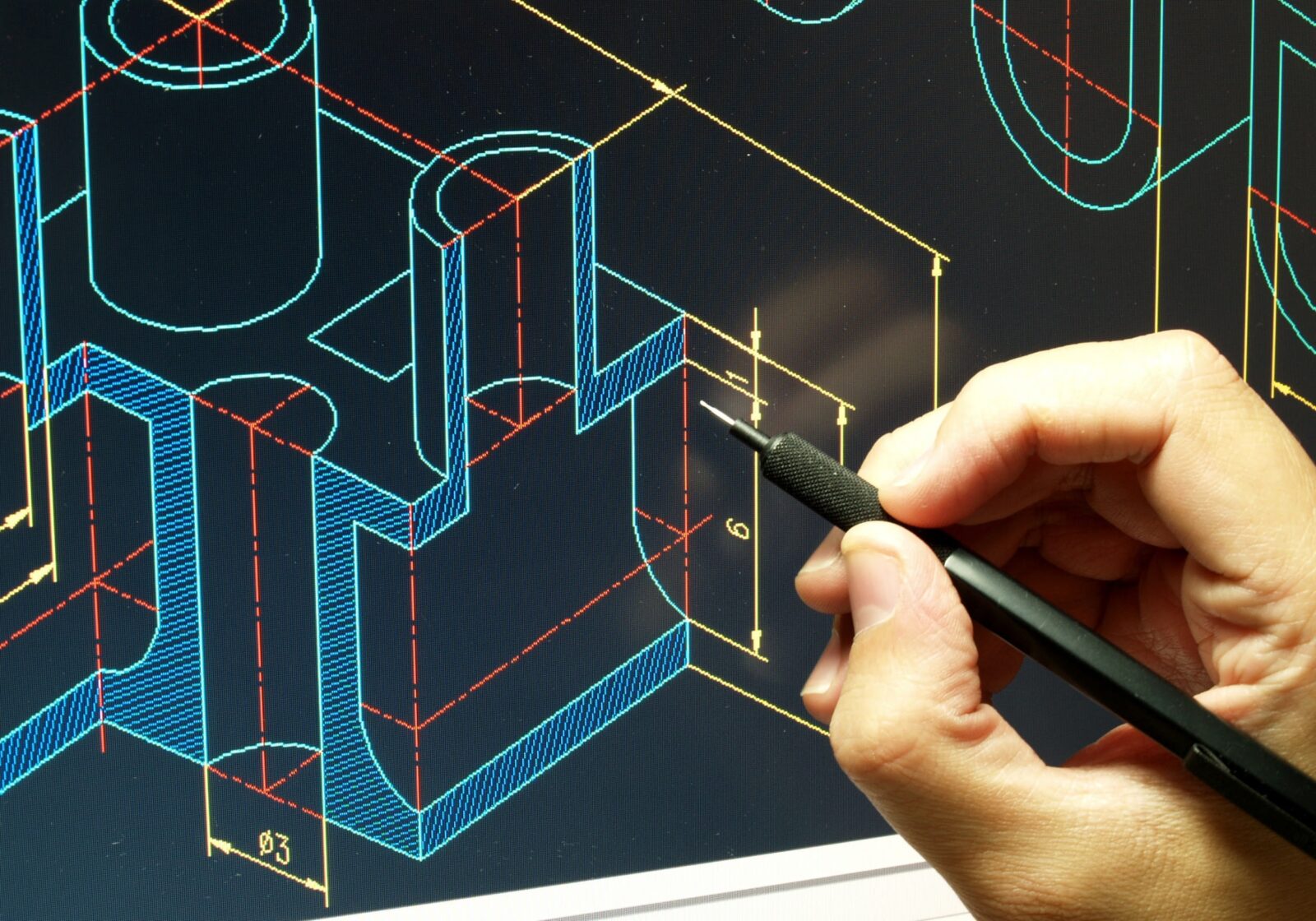



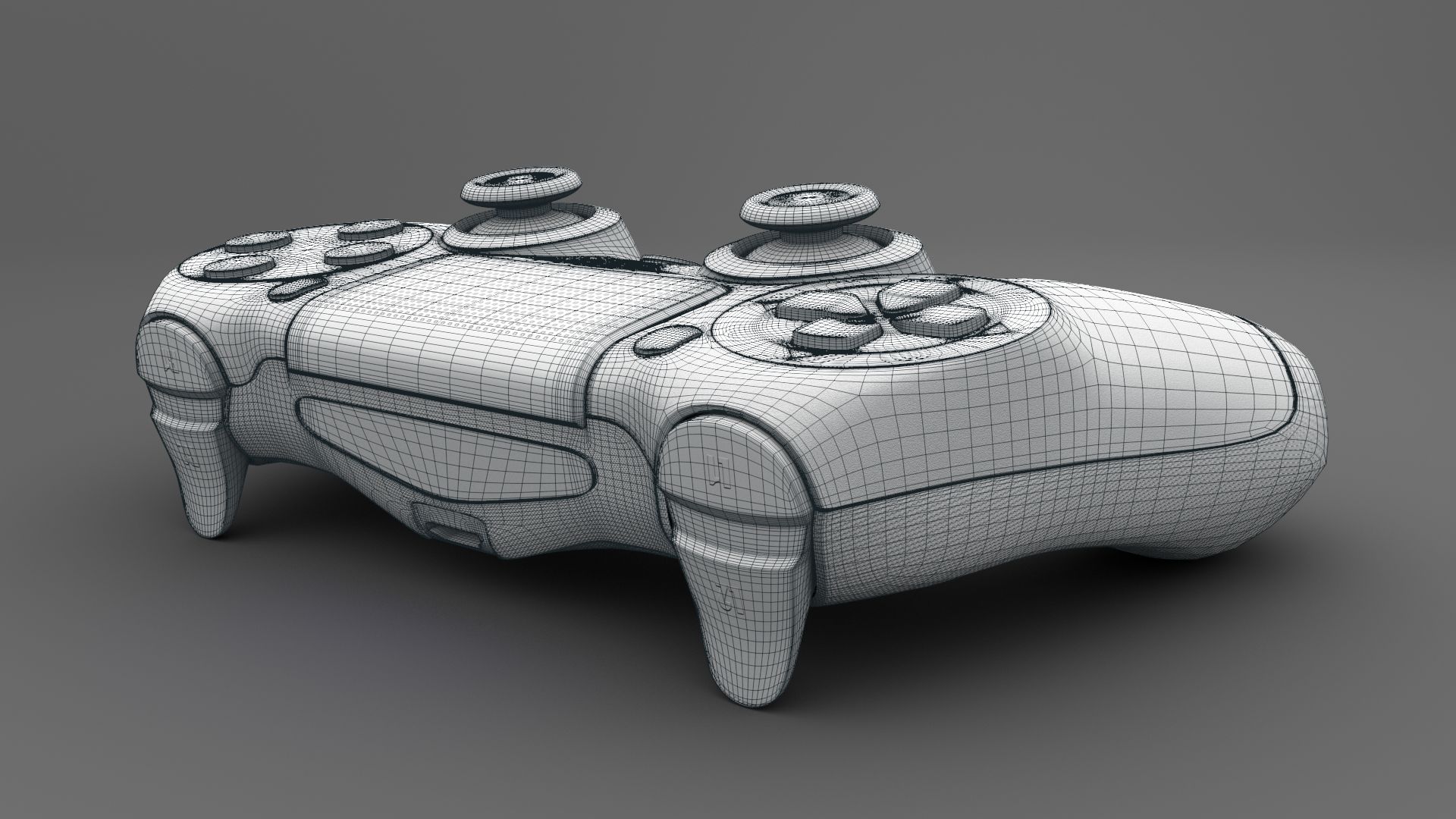


0 thoughts on “3D Hologram Projector: How It Works”